Flavor and taste of honey-treated coffee beans how to cook Costa Rican coffee beans to taste good
Professional coffee knowledge exchange more coffee bean information please follow the coffee workshop (Wechat official account cafe_style)
Costa Rican coffee has been so sweet to honey coffee flavor that many coffee gluttons keep it in mind. Many friends come to Qianjie Coffee and ask the barista if there is any sweet hand-made coffee. At this time, the barista in Qianjie will take out the coffee beans from Costa Rica and introduce them one by one. Why do you say that Costa Rican coffee is as sweet as honey? In front of this article, let's talk about Costa Rican coffee beans.
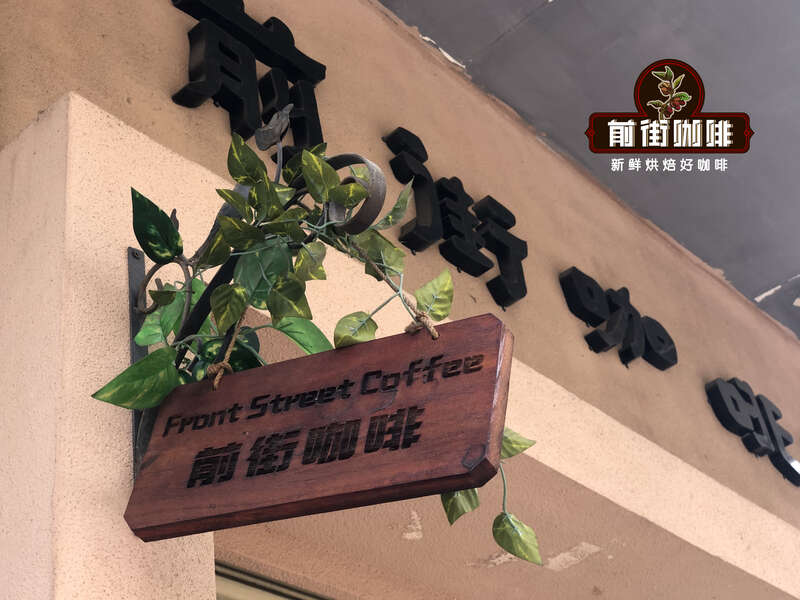
Costa Rican producing area
Costa Rica, located in Central America, is the country where coffee was first introduced into Central America and has a long history. Volcanic soil is very fertile and good drainage, especially the central plateau Central Plateau, 1200-1600 meters above sea level, the production season from November to March, there are three sub-producing areas, they are San Jose, Eredia, Alajuela. There are three high-altitude volcanoes in the producing area: Irazu, Barva and Poas, which provide rich nutrients for the surrounding coffee. The excellent micro-climate and the two volcanic fertile soils of Po á s and Barva make the beans in this area have superior characteristics, such as chocolate cocoa flavor, bright acidity and elegant aroma.

Costa Rica has eight major coffee producing areas, namely: Valley Central Occidental in the western valley, Valley Central in the central valley, Tarrazu in Tarazu, Tres Rios in Sanshui, Orosi in Europe, Brunca in Brenka, and Turrialba in Duli Alba. Most of Costa Rican boutique coffee comes from Tarazu producing area.
Tarazu, located in the south of the country's capital, San Jos é, is one of the most valued coffee growers in the country. La MinitaTarrazu coffee is a famous local product, but it produces a limited amount of coffee, about 72600 kilograms a year. It is grown on a piece of land called LaMinita, owned by the last three generations of the McAlpine family in the UK, and owns the LaMinita estate in Tarazu, which produces just 160000 pounds a year. In fact, this land can produce more than 450 tons of coffee a year. But Tarazu Latin America coffee is grown without artificial fertilizers or insecticides, and its harvesting and selection are done by hand, in order to avoid some damage to coffee beans caused by air spray selection.

Costa Rican coffee has always been famous for its balanced flavor, rich chocolate and smooth taste. Tarazu, located in the south of the capital SanJose, is one of the most valued coffee growers in Costa Rica. Qianjie believes that Tarazhu coffee beans are full-grained, full-bodied BODY, smooth taste, rich chocolate and nutty aromas, moderate acidity and attractive aroma.
Front street coffee Costa Rica represents coffee Milasu garden roses with coffee beans in summer.

Country: Costa Rica
Manor: Mirazhu Manor
Altitude: 1700m
Treatment: raisin honey treatment
Varieties: Rosa, ET47, SL28, MAICO
Milasu Manor in Costa Rica
Milasu Manor is a very small estate, and the whole estate is taken care of by Esteban and his family. Esteban Sanches, who used to be a member of the family of Candle Farm next door, set up a separate estate, Milasu, because of his insistence on coffee beans. Sanches does all the small wet treatment machines in the treatment plant from design to assembly. In the coffee garden, Sanches said that the quality of coffee starts with the trees themselves. Although machines can separate the good from the bad, if the quality of the coffee is good, there is no need for the machine to distinguish between the good and the bad. He also said that God gives us a beautiful environment, and we take care of the coffee beans with love. This is feedback and sharing. Thank you for your help so that he can realize his dream. He is also willing to share his experience and achievements with other farmers so that everyone's coffee dream can come true.
Coffee bean variety
The Costa Rican rose summer blend purchased in Qianjie Coffee this time consists of 50% rose summer coffee beans and a mixture of 50%ET47, SL28 and MAICO. These are all grown on the same manor and then blended with coffee beans from a single producing area. It is worth mentioning the ET47 and SL28 varieties of coffee beans, ET47, a native species from Ethiopia, many of which were introduced by the Costa Rican Coffee Institute to farmers in the Tarazu region to prevent leaf rust in the 1990s. At the beginning, the goal of breeding SL28 was to produce a large number of coffee beans with high quality and resistance to diseases and insect pests, but in some producing areas, the goal of breeding was mainly high yield, without considering disease resistance. Thanks to the bourbon gene, although the later SL28 yield was not as expected, the copper leaf color and broad bean-shaped beans have great sweetness, balance and complex flavor, as well as remarkable citrus and black plum characteristics.
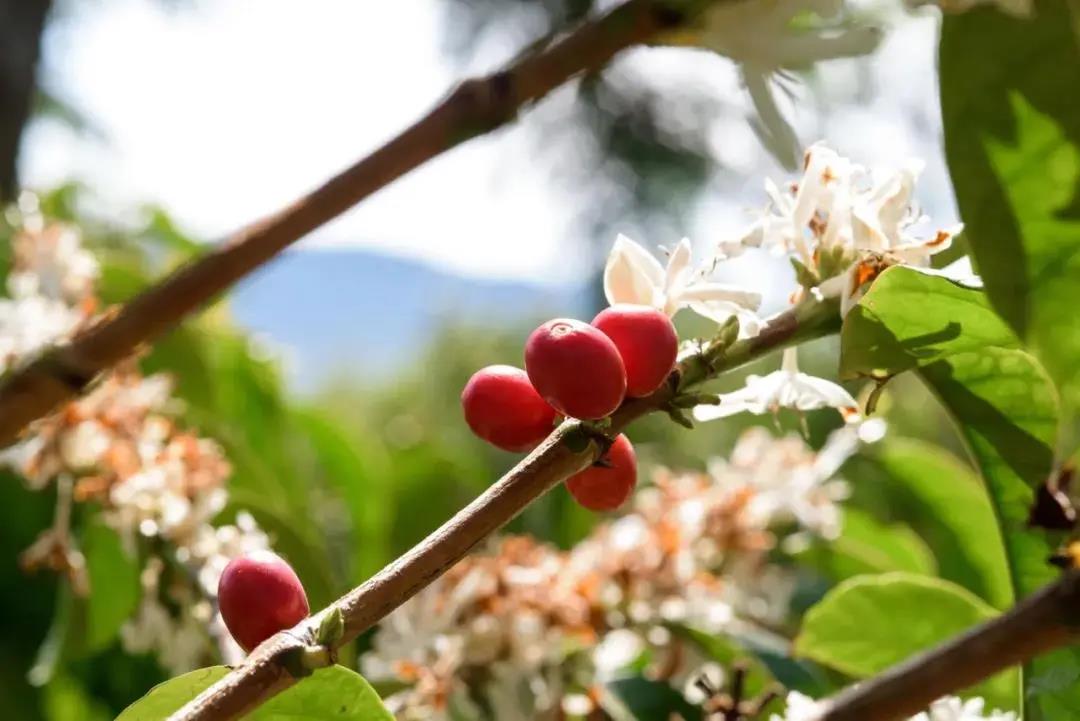
This bean is a rose summer mix, is it still a single coffee bean?
Qianjie thinks this is for sure. All the coffee varieties of this coffee bean come from Milasu Manor and all belong to the same single origin, so they are single coffee beans. Why do you say that? In Qianjie, for example, there are many varieties of coffee in Ethiopia, where coffee trees are basically mixed and harvested, so this is why Ethiopian coffee beans vary in size. as long as coffee beans grown in the same producing area, whether single variety or mixed variety, belong to individual coffee beans. Coffee beans like Ethiopia are made naturally, while this rose summer blend is equal to a later match.
Coffee bean treatment
Raisin honey treatment retains 100% pectin and zero water treatment. It increases the difficulty of the honey processing method, which requires strict control of time. On the day of harvesting coffee cherries, pour the harvested coffee fruit into a big trough, and the ripe and full fruit will sink to the bottom of the water; the underdeveloped or overripe fruit will surface, and these floating beans need to be removed. Dry the screened coffee fruits on an elevated bed for at least three days, then peel the cherries and retain the pectin before drying. At this stage, climate factors are the key to the success of honey treatment. Keep turning these coffee cherries during the drying process to make them dry evenly, but control the turning frequency and dry slowly to ensure that the coffee is fermented, but not so slowly that it is overfermented. Qianjie believes that this sweet raisin honey treatment can make the coffee flavor have the taste of white wine and balanced acidity, and the fermented aroma is also rich.

Analysis of raw beans of Qianjie coffee
Qianjie Coffee this purchase of Costa Rican Tarasu rosy summer coffee is composed of 50% rose summer coffee beans and a mixture of 50%ET47, SL28 and MAICO. Rose coffee beans provide this coffee with the aroma of jasmine, while other varieties enrich the strawberry flavor of this coffee, which is sweetened by the treatment of raisin honey. In order to highlight the floral aroma and fermented sweetness of the bean, the Qianjie baker used medium-light roasted coffee beans.
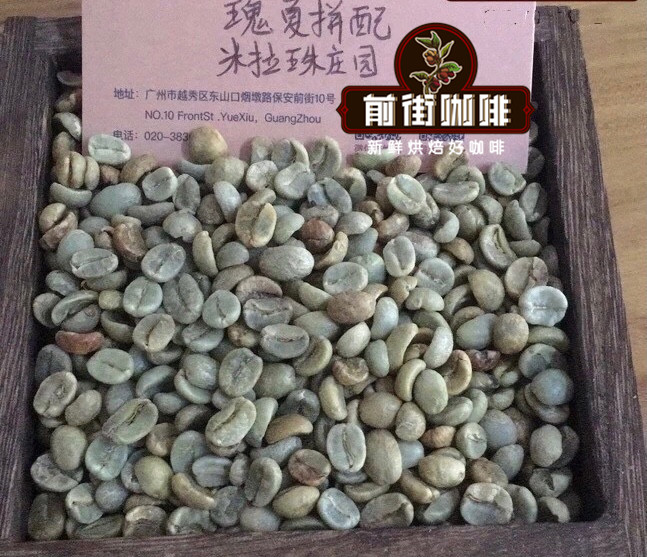
Suggestion on coffee baking in Qianjie
The roaster Yangjia 800N semi-direct fire, baking capacity 300g.

The furnace temperature is preheated to 200℃, the temperature is lowered to 175℃, the firepower is adjusted to 120, the throttle is opened to 3, and the temperature return point is 1: 39 / 32 "to keep the firepower; at 114℃, the firepower remains the same, the throttle is opened to 4. 6 ℃ / 39 / 15" turns yellow, the smell of grass disappears, entering the dehydration stage, the firepower is reduced to 100 at 140℃, and the throttle is kept at 4. After dehydration, the bean surface appears wrinkles and black markings, and the smell of toast changes to coffee, which is a prelude to an explosion. Listen to the sound of an explosion. When it starts to explode at 10: 39, the throttle is fully open for 5, and the firepower remains the same. After an explosion, the development time is 1mm, 39th, 30th, and 193.5 ℃.
Coffee cup test report on Qianjie
Qianjie Coffee will be tested within 8-24 hours after the sample beans are roasted. Qianjie coffee makers generally use the cup test bowl capacity of 200ml ceramic bowl, which will be marked with 150ml and 200ml scale, according to SCAA standards, the TDS of water is about 150ppm, TDs is too low will easily cause over-extraction, too high will affect the taste and easy to lack of extraction, the cup measured the use of water temperature of 94 °. The cup test grinding degree according to the cup test standard of SCAA, the grinding degree is controlled as 20 standard screen (0.85mm), and the passing rate is 70% Mel 75%. Ratio: 11 grams of coffee powder plus 200 milliliters of hot water, that is, 1VR 18.18, so that the concentration of extraction happens to be within the range of 1.15% Murray 1.35% gold cup, soaking time: 4 minutes.

Dry aroma: dried fruit, berries
Wet fragrance: flowers, berries
Flavor: raisins, berries, nuts, creamy taste
The suggestion of brewing coffee in Qianjie
Water temperature: 90-91 degrees
Degree of grinding: BG#6m (size of fine sugar)
Ratio of powder to water: 1:15
Amount of powder: 15g
* with regard to the degree of grinding, Qianjie is determined by screening this method. According to the grinding advice provided by the American Fine Coffee Association SCA for hand-brewed coffee, Qianjie combined with actual operation verification, using different degrees of grinding to brew, there is a significant gap in the finished products, and the degree of grinding of each type of coffee beans will be different, this is the significance of sifting. If you don't have a sieve at home, Qianjie Coffee suggests observing the speed of the water to judge that if the flow is too fast, it is coarse, and if the flow is too slow, it is fine.
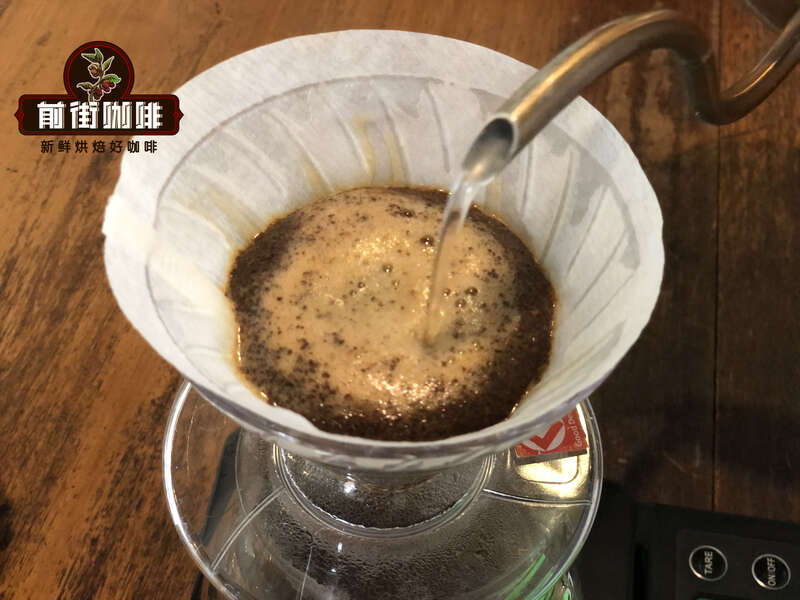
Qianjie cooking technique: the first section is filled with 30 grams of water for 30 seconds, followed by 95 grams (the electronic scale shows that about 125 grams), and the injection is completed in about 1 minute. When the water level drops to 2 grams in the powder layer, the remaining 100 grams are injected at 3 places (about 225 grams shown by the electronic scale), about 1 minute and 40 seconds. 1, 39, 39, 55, 39, 39, 39, 39, 39, 39, 39, 39, 39, 39, 39, 39, 39, 39, 39, 39, 39, 39, 39, 39, 39, 39, 39, 39, 39, 39, 39, 39, 39, 39, 39, 39, 39, 39, 39, 39, 39, 39, 39, 39, 39, 39, 39, 39, 39, 39, 39, 39, 39, 39, 39, 39, 39, 39, 39, 39, 39, 39, 39, 39, 39, 39, 39, 39, 39, 39, 39, 39, 39, 39, 39, 39, 39, 39, 39, 39, 39, 39, 39, 39, 39, 39, 39, 39, 39, 39, 39, 39, 39, 39, 39, 39, 39, 39, 39, 39,
Cooking flavor: the aroma of jasmine, with strawberry and raisin flavor in the mouth, strawberry candy and nut flavor in the finish, creamy taste.
For more boutique coffee beans, please add private Qianjie coffee on Wechat. WeChat account: kaixinguoguo0925
Important Notice :
前街咖啡 FrontStreet Coffee has moved to new addredd:
FrontStreet Coffee Address: 315,Donghua East Road,GuangZhou
Tel:020 38364473
- Prev
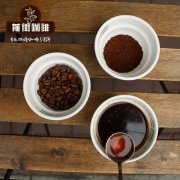
The History of Costa Rican Coffee will Costa Rican coffee be very fruity?
Professional coffee knowledge exchange more coffee bean information please follow the coffee workshop (Wechat official account cafe_style) what are the Costa Rican coffee brands? Coffee from Costa Rica has always been very popular with guests. I have thought about why she was able to break out of other individual coffees: one of the famous representatives of Central American coffee; besides the rich flavor and excellent quality of coffee
- Next
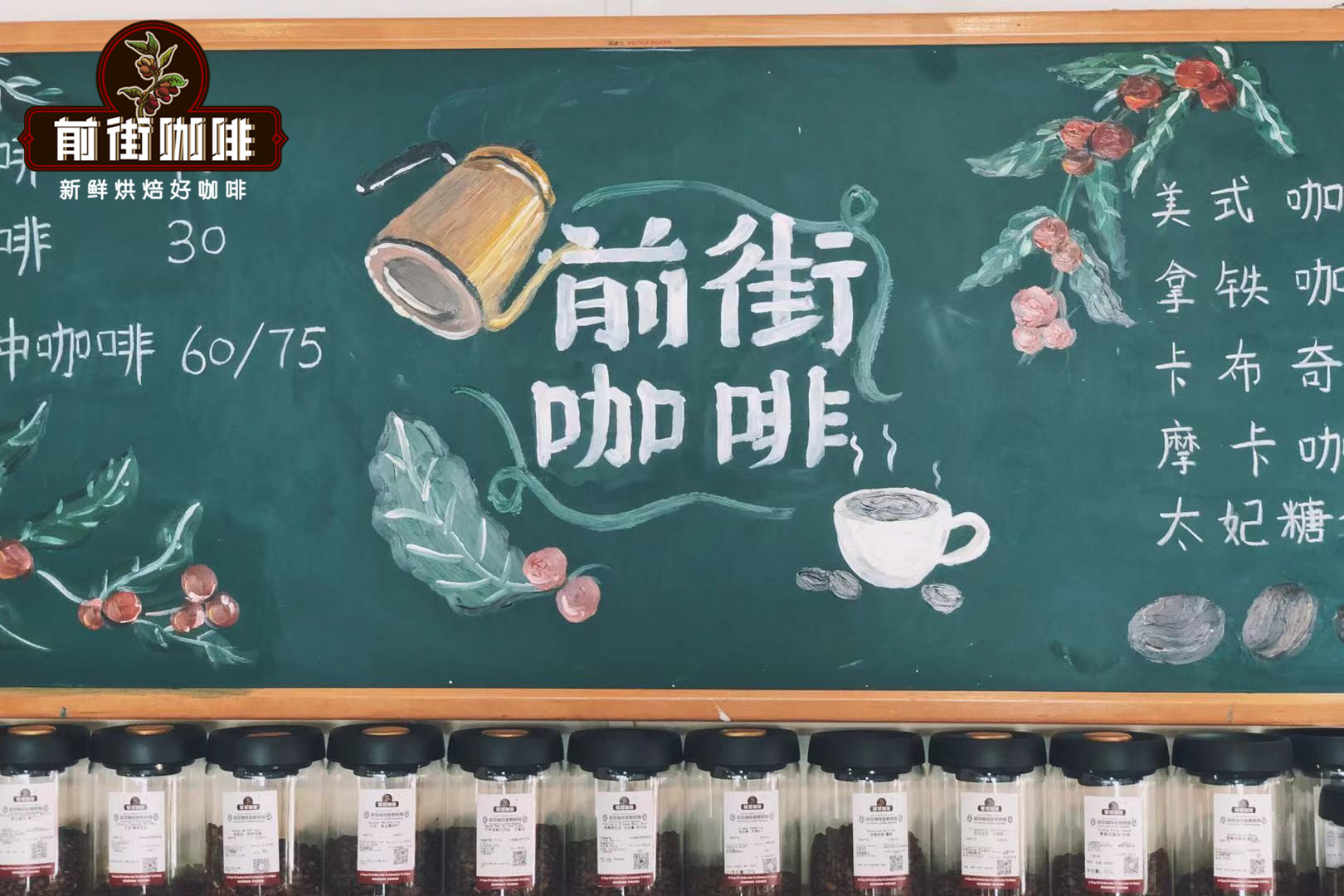
What does the cup test mean? What are the procedures and steps? What are the standards? How to score
Professional coffee knowledge exchange more coffee bean information Please follow the coffee workshop (Wechat official account cafe_style) what does the cup test mean? What are the procedures and steps of cup testing? What are the standards? Coffee Cupping is the way professional baristas taste coffee beans, just like tasting red wine, baristas need to learn from aroma (Aroma) and acidity (Acidity)
Related
- Detailed explanation of Jadeite planting Land in Panamanian Jadeite Manor introduction to the grading system of Jadeite competitive bidding, Red bid, Green bid and Rose Summer
- Story of Coffee planting in Brenka region of Costa Rica Stonehenge Manor anaerobic heavy honey treatment of flavor mouth
- What's on the barrel of Blue Mountain Coffee beans?
- Can American coffee also pull flowers? How to use hot American style to pull out a good-looking pattern?
- Can you make a cold extract with coffee beans? What is the right proportion for cold-extracted coffee formula?
- Indonesian PWN Gold Mandrine Coffee Origin Features Flavor How to Chong? Mandolin coffee is American.
- A brief introduction to the flavor characteristics of Brazilian yellow bourbon coffee beans
- What is the effect of different water quality on the flavor of cold-extracted coffee? What kind of water is best for brewing coffee?
- Why do you think of Rose Summer whenever you mention Panamanian coffee?
- Introduction to the characteristics of authentic blue mountain coffee bean producing areas? What is the CIB Coffee Authority in Jamaica?

